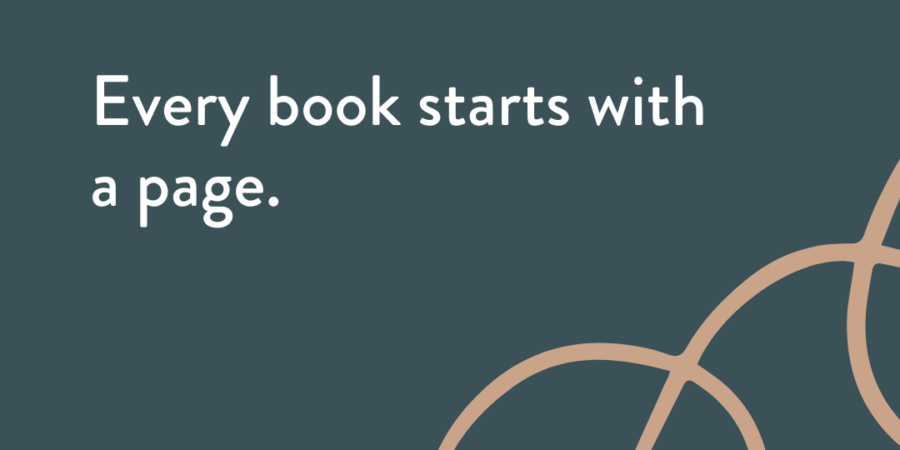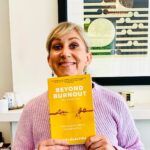Creativity is a leap of faith: Why you needn’t be afraid of a blank page
If you’ve thought about writing your own book, then you might have imagined sitting down at the computer, a cup of tea or glass of wine on the desk, a bright blank Word document open in front of you – and then simply pouring out your words, in the right order, filling pages with brilliant new ideas.
It’s a romantic idea, but pretty far from reality, and very few of the purpose-driven experts we work with approach their book writing projects this way.
A common crisis in new writers is empty page paralysis – that feeling that, despite considerable experience, they’re starting their book from zero and having to turn thin air into gold.
So, let’s take off some pressure. While actually writing a book can be filled with false starts and odd drafts, you don’t really ever start with a total blank page – you just need to know how to tap into the purpose and knowledge you already have in you.
You’ve got the goods to get started
It’s true that every book starts with a page – but your page isn’t completely blank.
Once we’ve moved through the clarity and planning stages with writers that we’re coaching, and we’ve established the core argument for their industry-leading book, we urge them to collate their existing content.
If you’ve been in business for some time and are passionate enough about something to write a book about it, then you’ll already have plenty of gold to mine for your book. It’ll be there in the ideas you’ve been testing with clients or talking about with colleagues; it can be found in recent blogs and articles you’ve posted, and the case studies you’ve collected over the years. You’ve been doing plenty to hone your expertise.
Experts get to scoot past the barrier of a blank page and jumpstart their writing with something that’s already productive – the already-full pages of proven experience and existing resources they can build off. Sure, it might not all be perfect or useful, but it’s a start and means you don’t have to reinvent the wheel.
Consider the work you’ve already produced, and what resources you use with your clients right now. It’s likely you’ve got much more than you even realise when you start looking for it. When we did this collation exercise ourselves, we found that we had enough content that was still relevant for more than two years’ worth of weekly email outs. One of our clients had in the order of 10,000 words already in play, drawn from around five years of content – those were the puzzle pieces they needed to start shaping the bigger picture of their work.
So, where do you look for the nuggets?
You might have blog posts or case studies, LinkedIn posts, media articles or press releases, newsletters, videos you’ve filmed, speech talking points or webinar material, or interview material if you’ve been invited on any podcasts, as an example. There may also be gold to be found in your paid offerings.
If you’ve been working in your space for a while, you’ve likely got materials already – be they written, video or imagery – that support your thinking. This is what saves you from the terror of the blank page: the resources that you already utilise and leverage, brimming with your ideas, waiting to be brought together and given a new spin. Pull all these aspects together and see what might be useful as you’re creating the basis of your book.
The perfectionist’s paralysis often sets in when confronted with an empty document, preventing even the most motivated and passionate thinkers from getting their ideas down. Consider your future book as one expression of the values, expertise and messages you’ve grown over the years – and the blank page seems far less daunting.


